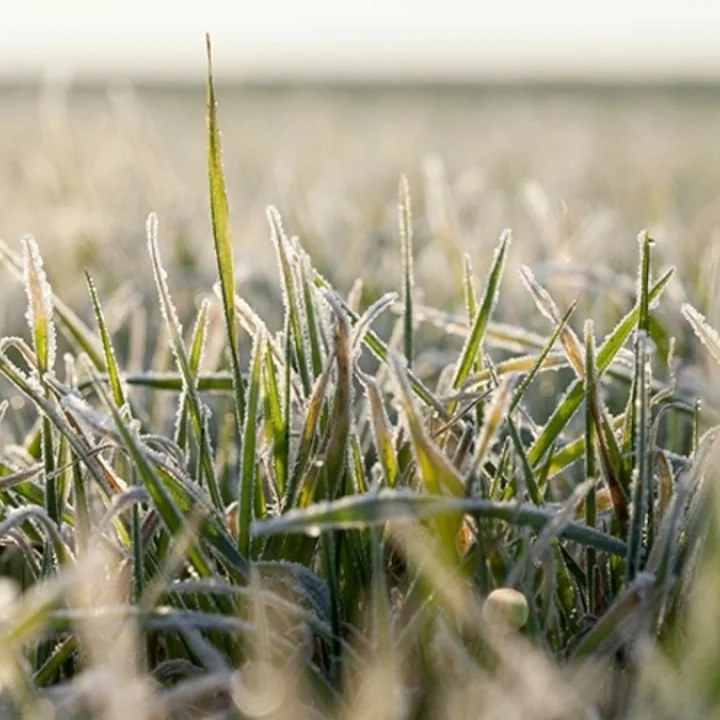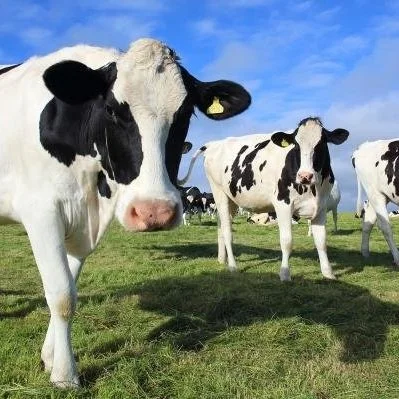The U.S. Department of Agriculture is extending the deadline for the Discrimination Financial Assistance Program to January 13, 2024, to give eligible farmers, ranchers and forest landowners more time to apply for assistance. The original deadline was October 31, 2023.
Read MoreMillions of potential cover crop acres that may help reduce farming’s greenhouse gas emissions could be lost under a plan to shift $19.5 billion in Inflation Reduction Act, or IRA, funding from conservation programs to increasing price guarantees for farm subsidy programs.
Although many of the states that got the most payments were in the Midwest, the state with the largest EQIP payments for cover crops was Tennessee, at $45.8 million. Louisiana was also in the top 10 states, at number nine, with almost $18.9 million.
Read MoreWith Louisiana battling record-breaking drought, farmers and ranchers are stuck with extra expenses to keep their crops and animals alive.
U.S. Rep. Julia Letlow, R-La., wants to expand relief under the Drought Assistance Improvement, allowing for quicker payments when times get tough.
Read MoreSecretary of Agriculture Tom Vilsack has notified Governor Jon Bell Edwards several more parishes in Louisiana have been declared disaster areas due to the ongoing drought.
A Secretarial disaster designation makes farm operators in primary areas and those in parishes and counties contiguous to such primary areas eligible to be considered for Farm Service Agency emergency loan assistance, provided eligibility requirements are met.
Read MoreThe U.S. Department of Agriculture (USDA) announced loan interest rates for October 2023, which are effective Oct. 2, 2023. USDA’s Farm Service Agency (FSA) loans provide important access to capital to help agricultural producers start or expand their farming operation, purchase equipment and storage structures or meet cash flow needs.
Read MoreThe August milk margin triggered the eighth consecutive payment for dairy producers who obtained Dairy Margin Coverage (DMC) for the 2023 program year. August’s income over feed margin is $6.46 per hundredweight (cwt.) with projected DMC payments totaling $120 million. To date, including the projected August payments, dairy producers have received more than $1.2 billion in much needed economic support for 2023 and margin forecasts indicate the likelihood of more to come before the end of the calendar year.
Read MoreThis report contains the results from the 2023 September Agricultural and September Grain Stocks surveys.
Read MoreThis Secretarial natural disaster designation allows the United States Department of Agriculture (USDA) Farm Service Agency (FSA) to extend much-needed emergency credit to producers recovering from natural disasters through emergency loans. Emergency loans can be used to meet various recovery needs including the replacement of essential items such as equipment or livestock, reorganization of a farming operation, or to refinance certain debts.
Read MoreNutrition assistance benefits for low-income women and their children would cease, farmers won't have access to government loans and tens of thousands of USDA staff won't get paid.
Those are the top-line impacts rural communities can expect to experience if Congress fails to pass legislation required to keep the federal government operational before a Sept. 30 deadline, according to USDA Secretary Tom Vilsack.
Read MoreCongresswoman Julia Letlow (LA-05) announced the introduction of H.R. 5691, the Drought Assistance Improvement Act. This bill will amend the Livestock Forage Disaster Program (LFP) and improve the Emergency Assistance for Livestock, Honey Bees, and Farm-Raised Fish Program (ELAP).
As it currently stands, the Livestock Forage Disaster Program requires cattle producers to be at a level of Severe Drought (D2) for eight consecutive weeks to qualify for one month of disaster relief.
Read MoreThe U.S. Department of Agriculture (USDA) announced that it will begin issuing more than $1.75 billion in emergency relief payments to eligible farmers and livestock producers. These much-needed payments are helping farming and ranching operations recover following natural disasters in 2020, 2021 and 2022.
Read MoreLouisiana rice farmers will get a little extra help from the federal government this year.
The U.S. Department of Agriculture (USDA) has announced that rice producers will receive an additional payment through the Farm Service Agency’s Rice Production Program, which provides up to $250 million in assistance to rice farmers.
Read MoreFriday, the U.S. Department of Agriculture’s Farm Service Agency announced that final payments for rice farmers through the Rice Production Program (RPP) payment will soon be made.
The RPP is $250 million in assistance specifically for U.S. rice farmers who in 2022 experienced stagnant rice market prices and record high input costs. The funding was provided for in the 2023 Consolidated Appropriations Act at the request of USA Rice.
Read MoreThe U.S. Department of Agriculture’s (USDA) recent expansion of its hurricane crop insurance policy to cover tropical storms this year has already provided farmers with $85.4 million to help them recover from Hurricane Idalia. USDA’s Risk Management Agency (RMA) rolled out the new Tropical Storm Option for its Hurricane Insurance Protection-Wind Index (HIP-WI) Endorsement earlier this year after working directly with farmers to improve coverage.
Read MoreThe U.S. Department of Agriculture’s (USDA) Commodity Credit Corporation (CCC) today announced sugar loan rates for crop year 2023 (fiscal year 2024).
USDA offers commodity loans to processors of sugar beets and domestically grown sugarcane to provide interim financing to producers so that sugar can be stored after harvest when market prices are typically low and then sold later when price conditions are more favorable.
Read More












